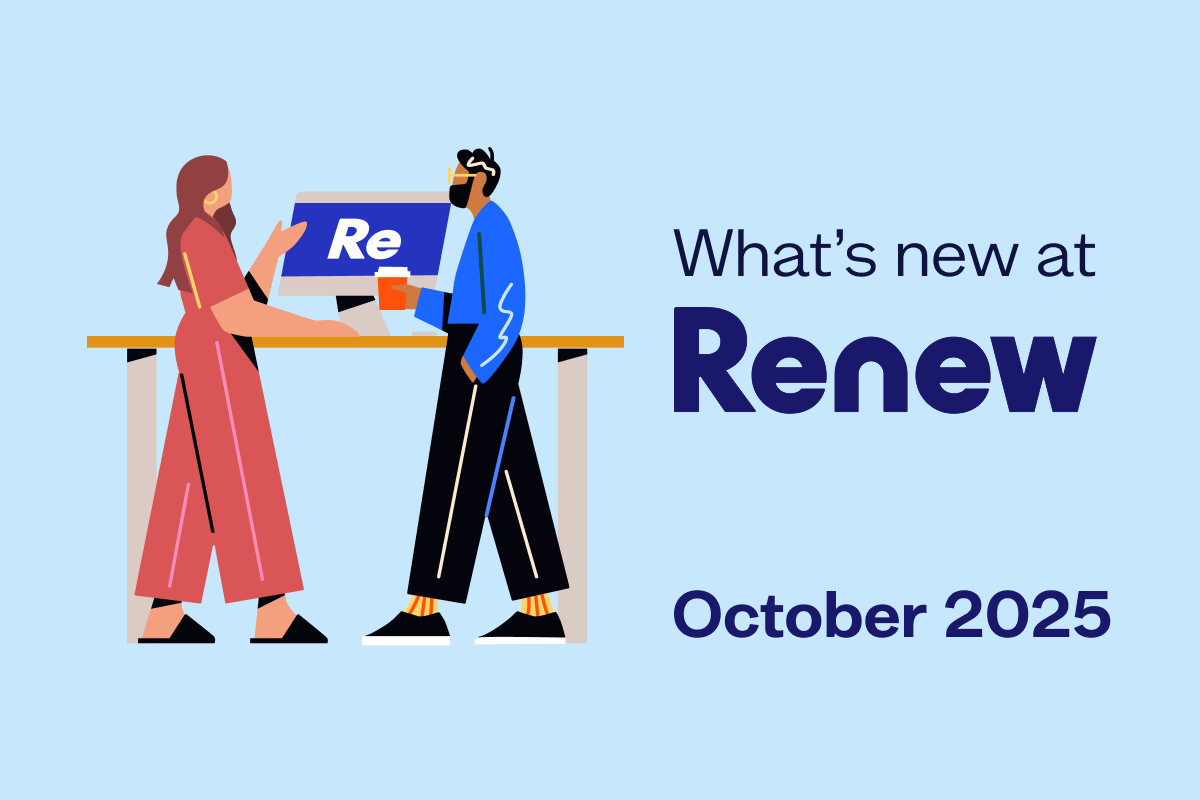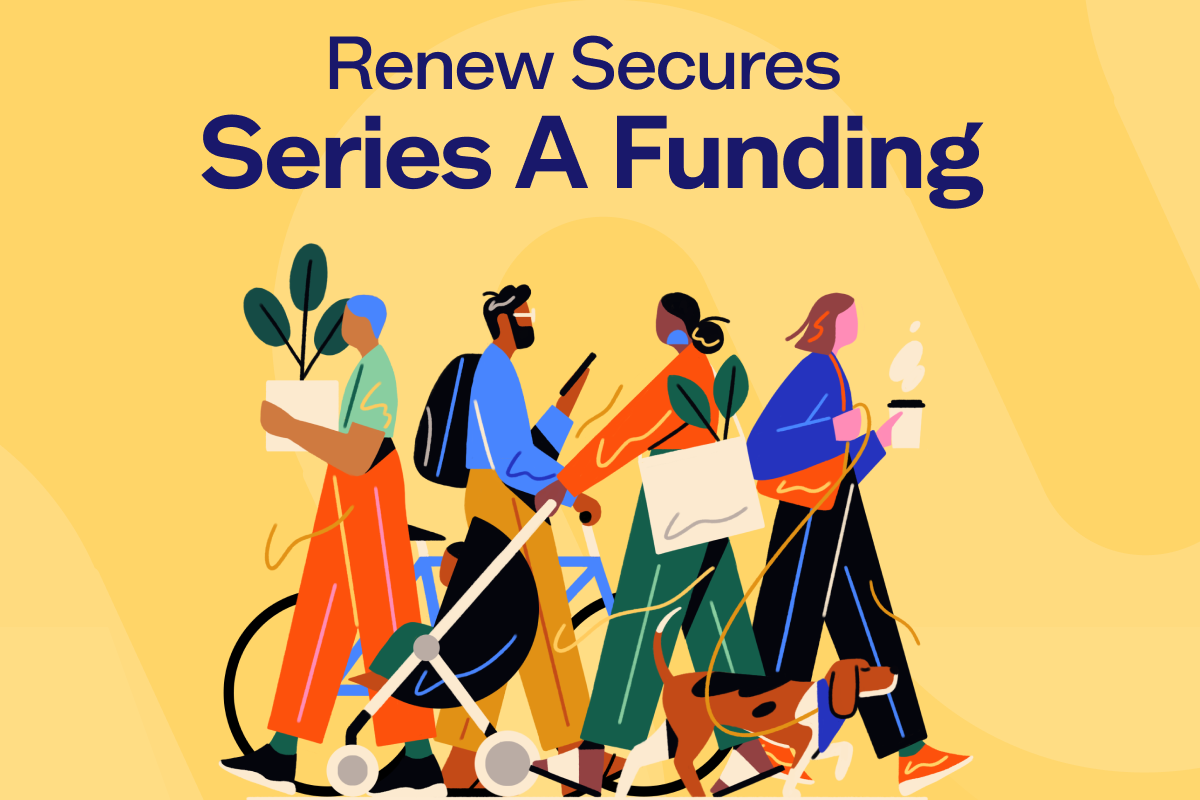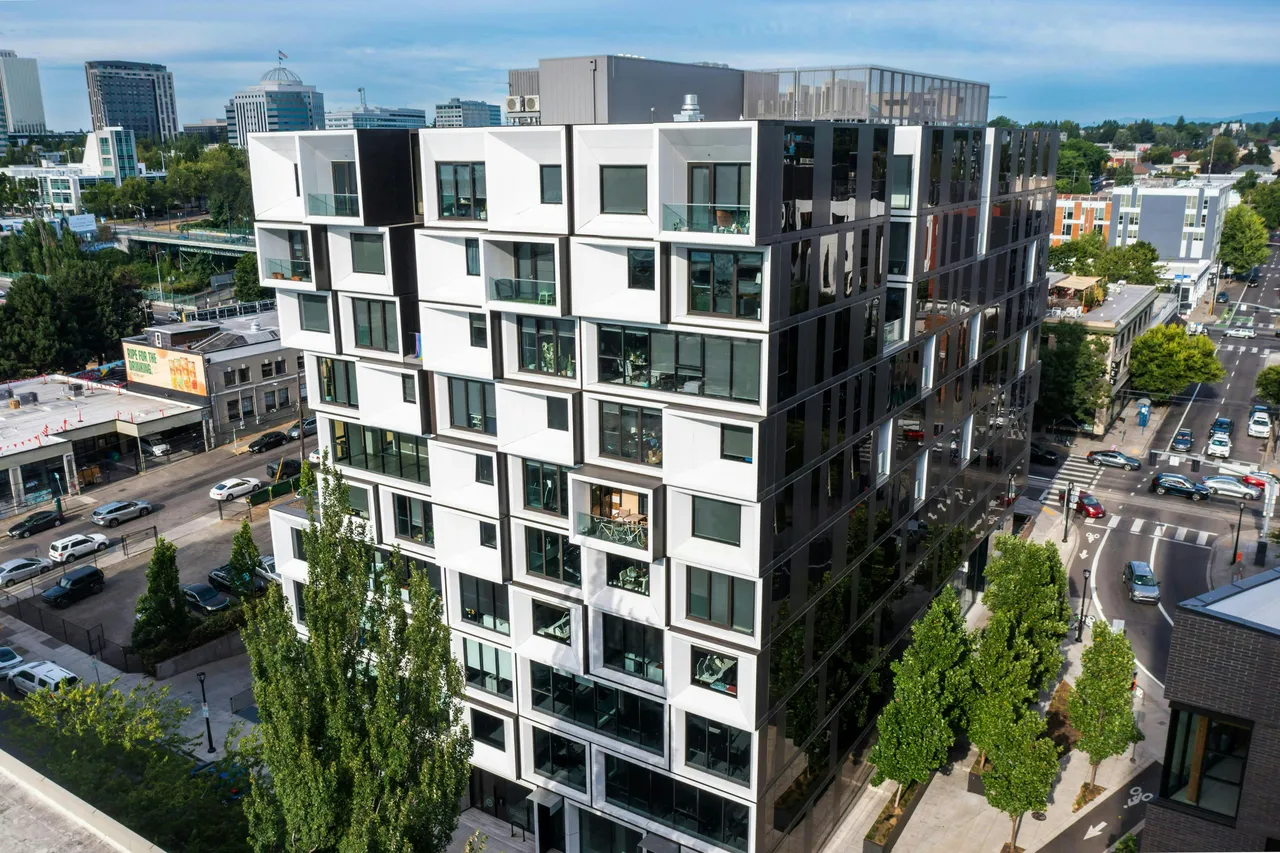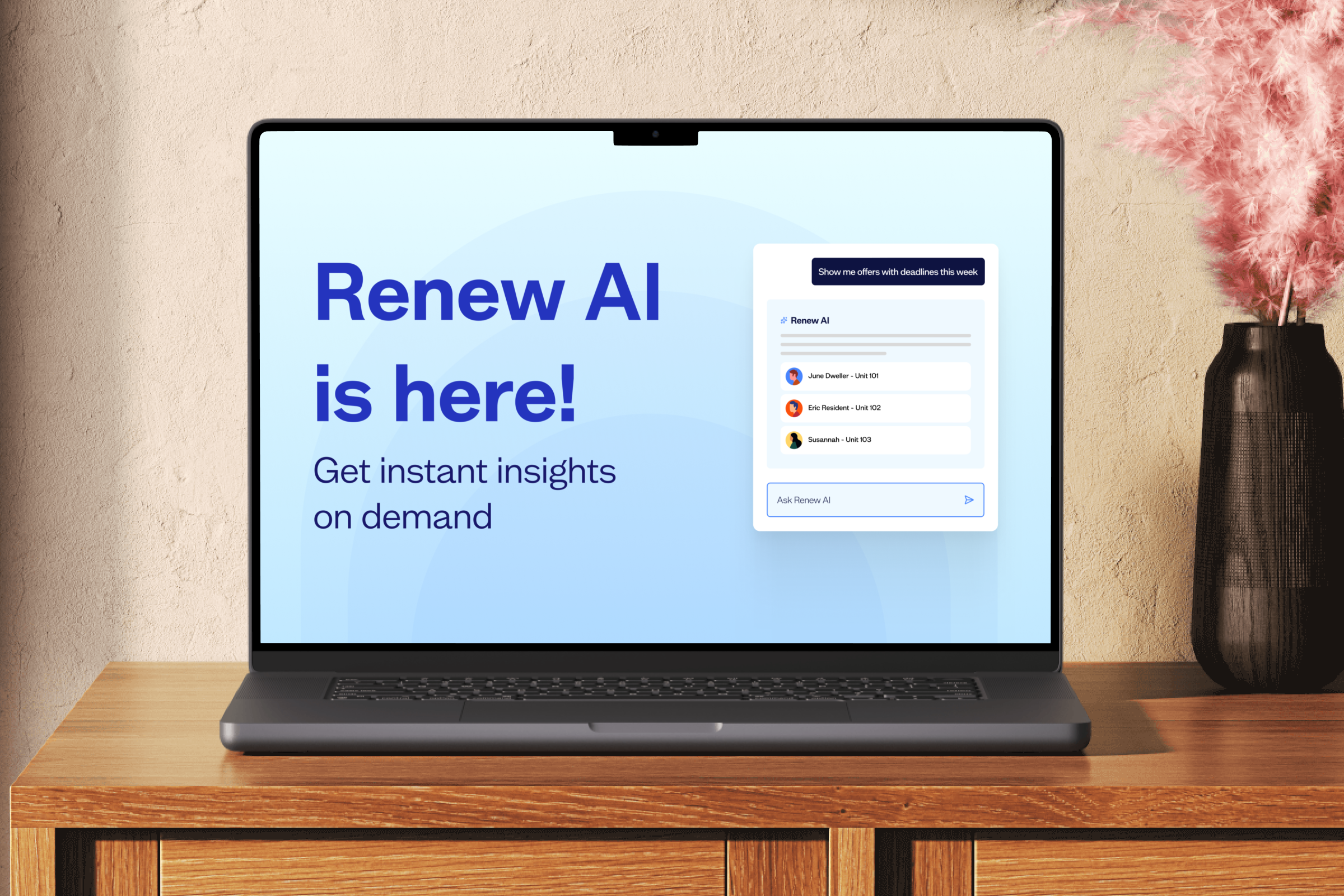Insight into emerging data and behavior patterns that reveal persistent gaps in the industry’s approach
In 2025, one thing is clear: resident retention is no longer just a cost-saving metric—it’s a competitive strategy. Operators are more tuned in than ever to the impact of renewal performance on NOI, marketing spend, and overall portfolio health. And yet, even as the data grows more sophisticated, many teams are still missing the deeper signals that drive renter decision-making.
So what do the numbers tell us—and what are we still getting wrong?
The Good News: Retention Is Front and Center
Across the industry, operators are investing more resources into renewals. Centralized teams, automated workflows, and data-driven pricing are now part of the standard toolkit. Platforms like Renew have made it easier to track KPIs such as:
- Renewal offer response time
- Retention rate by resident profile
- Churn risk indicators based on behavior and sentiment
- ROI of renewals vs. turns
This focus is paying off in visibility—but not always in outcomes.
According to a mid-year 2025 CRE survey, operators targeted a 63% resident retention rate but averaged only 58%. Even so, nearly three-quarters of respondents expect retention performance to improve in 2026. The interest is there. The strategy? Still catching up.
The Bad News: We’re Still Treating Renewals Like Leases
Despite increased attention, many operators still treat renewals as an extension of the leasing process: send the offer, check the box, move on. But today’s renters are more discerning. They're evaluating more than just price—they’re weighing service responsiveness, communication quality, community experience, and overall value.
What’s more, recent data shows that renter decision timelines are shrinking. In many cases, residents are choosing whether to renew 60+ days before lease expiration. Waiting until the 30-day mark to initiate outreach? You may already be too late.
Trend to Watch: The Rise of Emotional and Behavioral Signals
Tracking whether a resident clicked on their renewal offer is no longer enough. Leading operators are going deeper—analyzing sentiment data, maintenance satisfaction, and amenity engagement to understand the why behind renewal behavior.
And it’s working. According to Grace Hill, reducing staff turnover by just 3% can lower resident turnover by 4%, reinforcing the importance of continuity and relationship-building—especially in centralized models.
Platforms like Renew surface these signals in real time, helping teams identify friction points before they become exit points. It’s not just about automation—it’s about awareness.
What Operators Are Still Missing
There’s a growing recognition that retention success isn’t purely operational—it’s experiential. And yet, many operators still miss critical cues, such as:
- Lack of early engagement, despite faster decision timelines
- Failure to personalize outreach based on behavior and satisfaction
- Underinvestment in social and community programming, even as renters express desire for belonging
- Weak continuity in staffing, leading to fractured relationships at renewal time
And in high-cost markets like NYC and LA, renters are staying longer than ever—over 40% are entering a third lease term. That’s a golden opportunity to double down on retention strategy and long-term resident value.
The 2025 (and Beyond) Playbook: Act Like Retention Is the Goal—Because It Is
In today’s market, retention is more than a financial lever—it’s a brand differentiator. Operators must stop measuring renewals as a lagging indicator and start treating them as a leading one. That means:
- Engaging earlier in the lease cycle
- Using both behavioral and emotional data
- Customizing outreach and incentives
- Empowering centralized teams with the right insights
- Treating renewals as a core resident experience—not an afterthought
Renew is helping operators make this shift—not just by automating renewal workflows, but by delivering the intelligence to act on what really matters.
Because in 2025, it’s not enough to know who’s renewing. You need to know why—and be ready before they are.
.svg)

.svg)







.png)








































